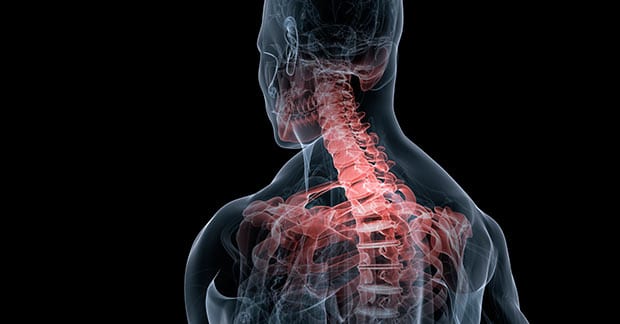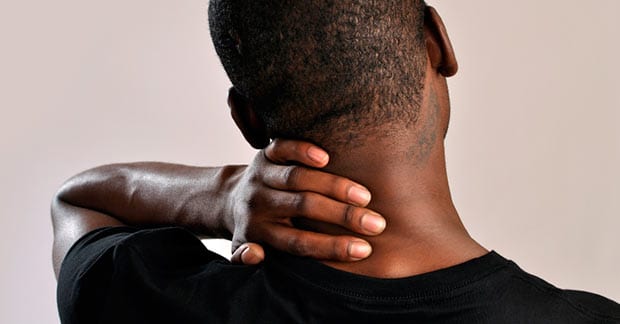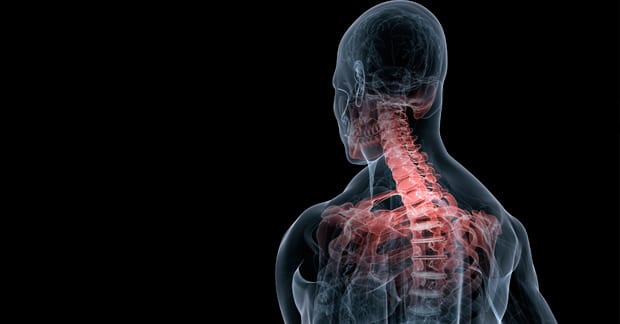
by Tejasvit Kour | Aug 7, 2014 | Whiplash
Last month, we reviewed the #1-5 of “10 facts” that you should know about whiplash. Here are #6-10! 6. “Rest = rust” when it comes to whiplash: When we hurt, we often instinctively choose rest over activity, as we may be afraid that any activity will make the pain...

by Tejasvit Kour | Jul 11, 2014 | Whiplash
There have been many statements made about whiplash that are either totally or partially false. Let’s take a look at some of the “FACTS.” 1. Pain is NOT the only symptom: Although neck and/or shoulder area pain is the most common symptom associated with a whiplash...

by Tejasvit Kour | Jul 5, 2014 | Whiplash
Whiplash injuries are most commonly associated with motor vehicle collisions (MVC), although they can happen from anything that results in a sudden movement of the head—from slip and fall injuries, carnival rides, sports-related injuries, and more. When associated...

by Tejasvit Kour | Jun 7, 2014 | Whiplash
Last month, we started the discussion of self-care options in the management of whiplash or CAD (cervical acceleration-deceleration) or WAD (whiplash associated disorders). In this series, we are describing various treatment methods that you can be taught to help...

by Tejasvit Kour | May 5, 2014 | Whiplash
Whiplash is a condition that can occur from MANY causes—in fact, anything that results in a sudden change in the head/neck position. Usually, there is a rapid acceleration that injures the soft tissues around the neck area by stretching them beyond their limits....

by Tejasvit Kour | Mar 10, 2014 | Whiplash
Whiplash is an injury commonly associated with motor vehicle collisions (MVC) caused by a rapid forward and backward “whipping” of the neck. What varies between each case is the degree of injury and what anatomical parts of the neck are actually injured. Let’s take a...







